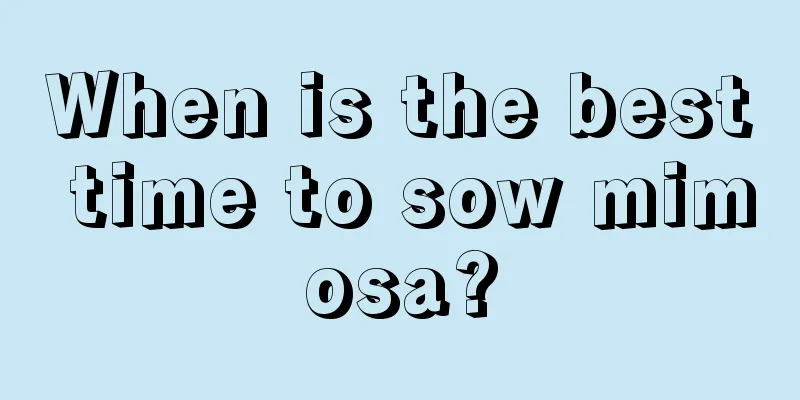The efficacy and function of Hemeng

one. Green manure valueGreen manure crops refer to crops that have their vigorously growing leaves, stems and other parts buried in the soil and can be made into agricultural fertilizers. He Meng is one of them. The nitrogen content of the whole plant is very rich, and He Meng is suitable for wide planting. It can be used in the field as topdressing for the current season's crops or as base fertilizer for the next season's crops, which can make the crops grow more vigorously. Moreover, as a green manure plant, He Meng is simple to plant and easy to survive. As a fertilizer in the field, it has extremely low cost and is deeply loved by farmers. two. Medicinal valueHemeng is not only valuable as an agricultural fertilizer, but also has medicinal uses. Hemeng is sweet and mild in nature, with a cold nature. It is mainly used to clear away heat and detoxify, remove wind and dampness, and also has a certain effect on lactation. Summer and autumn are the most suitable times to harvest Hemeng. The above-ground parts of the plants can be cut and used fresh or dried for medicinal purposes. 1. The dried and peeled stems of Hemeng can be used as a traditional Chinese medicine ingredient, mainly used to clear heat and promote diuresis, and treat symptoms such as milk obstruction. 2. The whole plant of He Meng can treat heat-clearing and detoxification, benefiting eyesight and diuresis, abdominal bloating, gastrointestinal inflammation, wind-heat cold, and fresh He Meng also has certain therapeutic and relieving effects on urticaria and carbuncle. Note: The seeds of Hemeng contain certain alkaloids and are partially toxic. They cannot be eaten or used as medicine. three. Economic ValueHemeng can not only be used as field green manure and Chinese medicinal material, but also a very important livestock feed. During the maturity period of Hemeng, generally from September to October, the above-ground part of Hemeng can be cut and fed to livestock as fresh food, or it can be dried and used as feed for cattle, sheep, etc. It has certain economic value. |
<<: How to fertilize and water daffodils
>>: The propagation method of Dendrobium officinale
Recommend
When is the best time to plant Isatis root?
There are also many farmers who have invested in ...
Which areas are suitable for growing honeysuckle?
I believe everyone is familiar with honeysuckle. ...
He has been growing flowers for ten years without changing the pots, and the flowers bloom every year, just because he did this
Fertilization The main reason for repotting flowe...
How to deal with the withered white chrysanthemum
Treatment method of white crystal chrysanthemum a...
Sweet potato cultivation technology and management methods
Sweet potato is a commonly grown grain crop that ...
How to reproduce white butterflies
Cutting propagation of white butterfly The most c...
Can the Thousand-Armed Guanyin be placed indoors? Is the flower poisonous? How to grow it?
1. Can it be placed indoors? Try not to keep the ...
How long does it take for the lucky tree to grow? Do you need to water it thoroughly?
1. How long does it take to slow down the seedlin...
Can I grow a persimmon tree at home?
Can I grow a persimmon tree at home? You can plan...
How to grow spotted leaf orchid
1. Breeding environment 1. Soil: The spotted leaf...
How to Identify a Nest Fern
1. Rhizome The whole plant of the nest fern is ab...
Cultivation method of Leucaena leucaena
1. Soil Choose some land with thicker soil, gentl...
Flowers bloom in clusters, these flowers are much more beautiful than flowers blooming in pots
Snapdragon (Author: Peace and Prosperity Source: ...
Notes on changing soil for azalea
1. Pot soil preparation The soil requirements of ...
The difference between Little Red Dress and Little Blue Dress
1. Form Little Red Dress: The arrangement of its ...









